Prioritizing Home Structural Integrity: Key Considerations for a Successful and Secure Addition
Topic:
Home Addition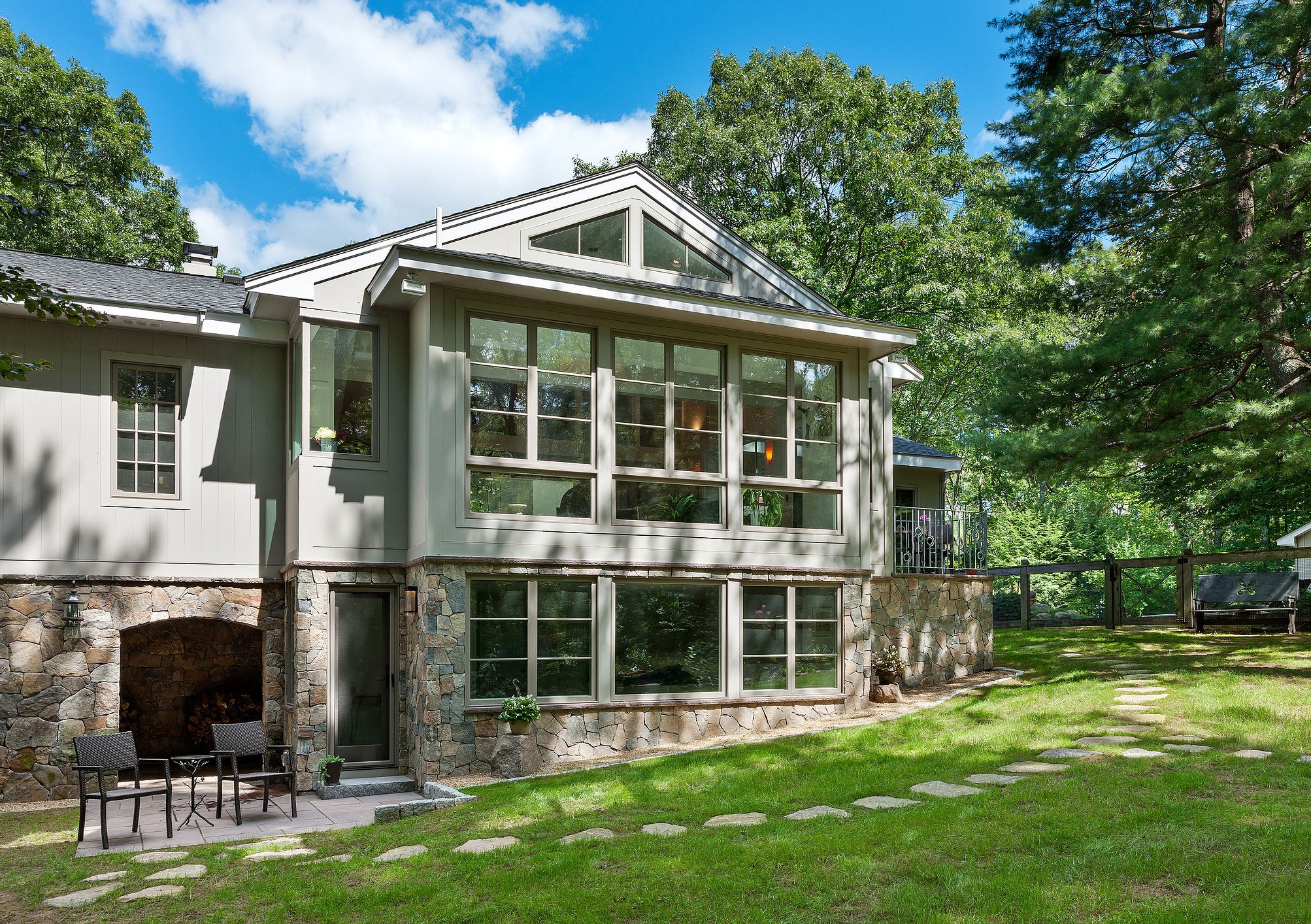
When homeowners decide they want to build a luxurious sunroom, a second-story balcony or even a bay window extending their breakfast nook, there are some essential things to understand about the existing structure before adding onto it.
Everything from the footings to the roof must be considered. If the new structure is to code, it requires what you attach it onto to fully support the new structure where it connects to the home. The new and existing structural loads and attachments must be reviewed by the engineer.
There will always be structural concerns that need to be taken seriously before embarking on adding to a house. These concerns include:
1. Foundation:
Can the existing foundation support the weight of the addition? This may require soil testing and engineering calculations to determine if the foundation needs reinforcement.2. Roof:
Will the existing roof structure need to be modified to accommodate the addition? This could involve adding support beams or trusses and ensuring proper drainage for the expanded roof.3. Drainage:
How will water drainage be addressed around the new addition? This is important to prevent water from pooling around the foundation and causing damage or hydrostatic pressure.4. Integration:
How will the new addition be integrated with the existing electrical and plumbing systems? This may involve rerouting existing lines or adding new ones.
Addressing these concerns early in the planning process will help ensure a smooth and successful addition project.
It is also important to consult with a licensed structural engineer to assess your specific situation and provide guidance on any necessary reinforcements or modifications before getting started. A structural inspection is a crucial first step to making sure any preparatory work is handled ahead of time and you don’t have to worry about delays, going backwards, or having an addition that doesn’t meet your needs.
What is the difference between a structural inspection and a home inspection?
As a homeowner you might be thinking, well I had a home inspection done when the house was purchased and everything seemed okay, isn’t that enough? Home inspections are essential for assessing the condition and value of a property, but they differ from structural inspections in focus, scope, and professional involvement. A home inspector looks for signs of water damage, and pests, while also checking the operational state of elements like the electricity. However, they’re not necessarily qualified to assess the structural integrity of the house.
Think of a structural inspection like an X-ray looking in on the house's bones (structural elements), while a home inspection is like a general checkup looking at the house's overall health. Both are necessary but serve very different functions.
Let’s take a closer look at each area they differ in.
Focus
A structural inspection specifically examines the load-bearing elements like the foundation, framing, walls, floors and roof, zeroing in on the structural integrity of a home, ensuring its safety and stability.
A home inspection takes a broader look at the overall condition of the property, which includes but doesn’t specifically focus on various aspects of the foundation, roof, plumbing, electrical systems, appliances, and even general wear and tear.
Scope
During a structural inspection a deep, detailed examination is conducted, often involving specialized tools and techniques. It could include a visual inspection, measurement taking, and even opening walls, ceilings, and floors for further analysis.
A home inspection’s purview is simply surface-level assessments to identify readily visible signs of damage or potential issues without going into extensive analysis.
Professional Involvement
A licensed structural engineer with expertise in analyzing and assessing structural integrity will conduct a structural inspection.
Similarly, a qualified home inspector, typically certified and experienced in evaluating various aspects of a home, will perform a home inspection.
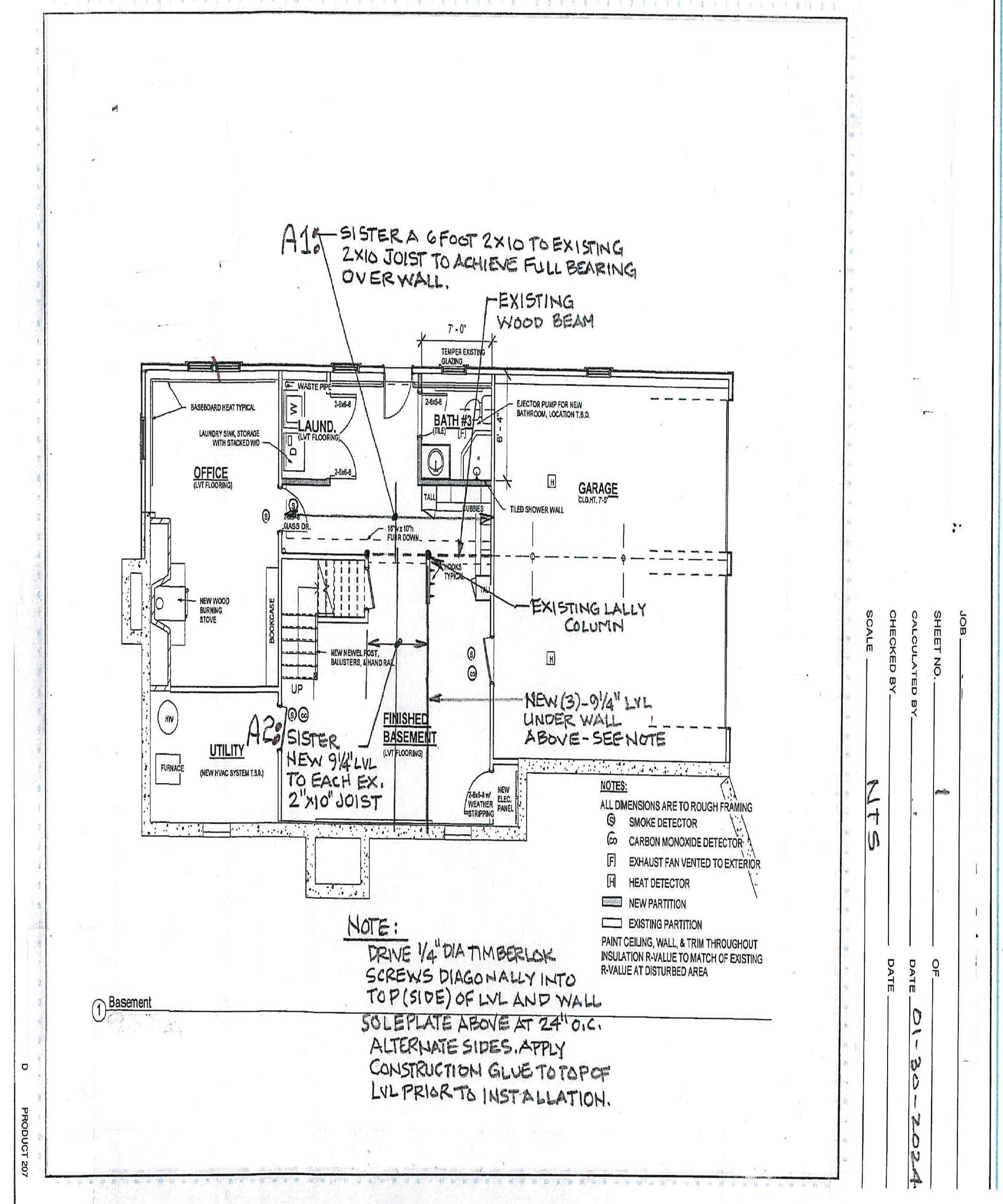
Plan by a structural engineer showing changes needed to ensure structural integrity.
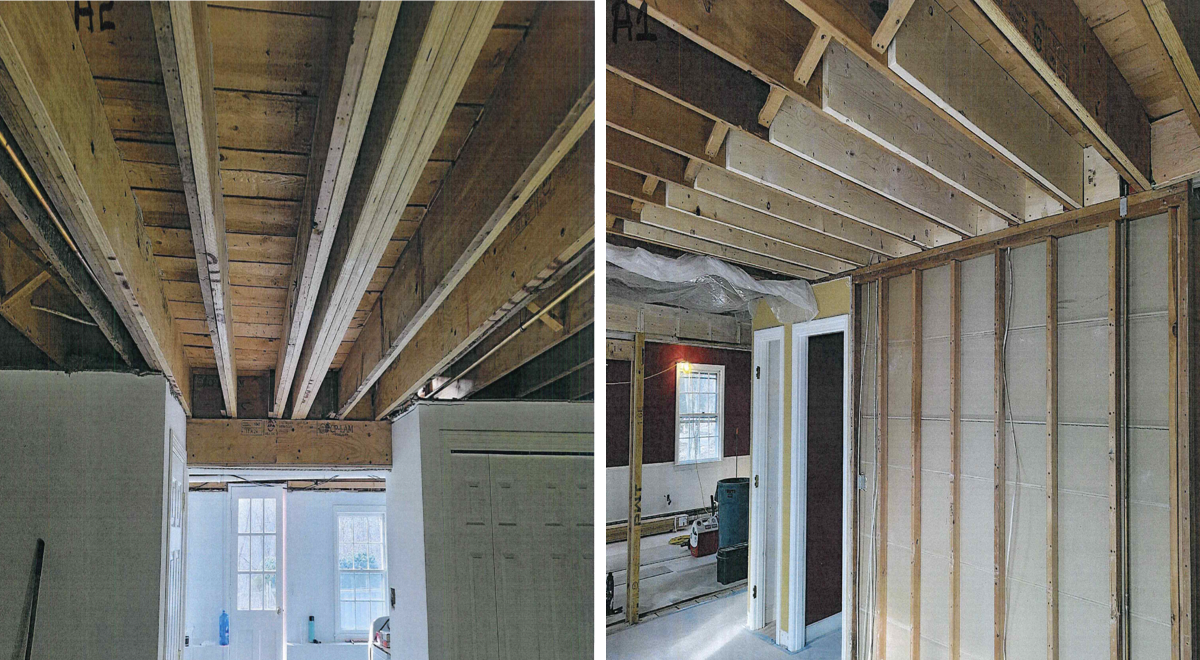
Images showing A1 and A2 implemented as specified in the engineer's drawing above.
Considerations for Additional Structures from the Bottom Up
There’s more to think about than what seems immediately apparent when planning for an addition to an existing structure. The new construction connects to the house in more ways than one and the implications of those connections need to be carefully observed, planned for and managed. Let’s take a look at everything you need to take a close look at from the soil to the sky.
Water Table
Where an addition is located on or within the house has critical implications regarding considerations that need to be made. For instance, if it’s a crawl space, an addition that you want to add a basement beneath or something else that requires going underneath the foundation, the local water table restrictions need to be understood before any movement on the plan can take place. If you are in a town with a high-water table, there will be restrictions on where the home floor must be in relation to the water table. The water table restrictions are set street-by-street, and the local agency can tell you if you may include a crawl space or a basement under the addition area as well as what conditions make it permissible to do so.
Soil Conditions and Land Topography
The dirt beneath the construction area is vital to the success of any home addition project. Not all ground is equal in its load-bearing capability. For instance, fill dirt is often used in areas around houses to, well, fill holes or change a yard’s elevation. It’s useful for water drainage issues because it doesn’t retain water, but it also can’t support the weight of a building. If possible, you need to dig to untouched dirt to achieve the stability required.
When the soil doesn’t have the necessary supporting characteristics, a wider footing can be constructed to make sure the weight is properly distributed and the load-bearing capacity is increased enough. In some cases, the concrete footings used to support an addition will need rebar to make them stronger and able to bear the full weight of the construction.
Water Management
Protecting the structural integrity of a house demands that water be kept out of the places it can do damage. For instance, you want to keep water vapor from entering the interior of the basement. This can be done by spraying a waterproof membrane on the exterior of the foundation and footing. Once the foundation is sealed and structurally sound, it’s ready for the soil to be backfilled. While ensuring water is properly managed, the structural engineer will also figure out where the external soil will need to be compared to the height of the wall. They’ll need to know the pressure of the soil against the basement foundation to make sure that the foundation is properly reinforced, preventing failure.
Proper Drainage
To further mitigate water in the basement, internal perimeter drains are often added. Before the concrete slab in the basement is constructed, PVC plastic pipe is placed against the footing within the stone to pull water away from the soil that will be below the basement slab.
Connecting a New Foundation to the Old Foundation
The process of adding a new foundation to an existing one can be tricky and requires care. For instance, in places like New England old fieldstone foundations are relatively primitive compared to modern homes and these older foundations never had footings because they were literally just stones stacked on dirt. Foundation additions require dirt to be excavated from around the existing foundation, and that means the fieldstone needs to be braced with a poured in-place concrete footing. Oftentimes this footing will contain rebar that’s tied back into the fieldstone so the new and the old become one.
The same principle can be applied to newer homes as well. Holes are drilled into existing concrete foundations and rebar dowels are added to the new foundation that connects the two together.
Connecting a New Floor System to an Existing Floor System
Connecting a floor system to the home can seem simple but sometimes it requires as much care and forethought as any other aspect of a home addition. First, the engineer will determine the floor area span in the addition and look at how thick the existing floor system is. They’ll see if the new span requires beams throughout the basement, connecting it to the sills in the existing home. The structural engineer will also advise about the type of connection needed, such as using lag bolts or special hangers, to ensure a strong connection to the existing structure.
Second Floor Additions
Planning for a second-floor addition, or an addition with a second story, starts on the first floor. It’s the first-floor load-bearing walls that will support the second floor spans and floor system. In some cases, such as open floor plans, beams will be added to the first floor to ensure proper strength.
Sometimes in older homes, the spans and support structure may not pass code today and will need to be updated.
To ensure the second floor in the addition connects securely to the home and at the same height, the engineer will design proper joists to bridge the two.
Structurally Sound Openings Between the Addition and the Home
Often additions are built where no structure previously existed so there is no existing pathway or doorway between the new addition and the existing home. Creating these sometimes requires removing sixteen or eighteen feet of wall to make a large opening. When that wall is structurally holding up a second floor and a roof system, the engineers need to understand the support structure required to create that opening span while still supporting the weight above it. This demands a lot of precision and planning to keep both the new and old structures’ integrity intact.
Connecting a New Roof two an Existing Roof
If the addition is a single story structure and the roof is butting the home then it is a relatively simple connection that relies on typical construction best practices. In a two story addition where the roof is as high as the existing home, however, the engineer will need to check the strength of the old roof to determine if it can support the new roof where they connect. Sometimes this can merely be a matter of strengthening existing rafters, while other times it requires point loads (new posts) to take the load off of the roof to carry the weight through the home onto the basement. The load path has to be continuous from what is being held to the foundation.
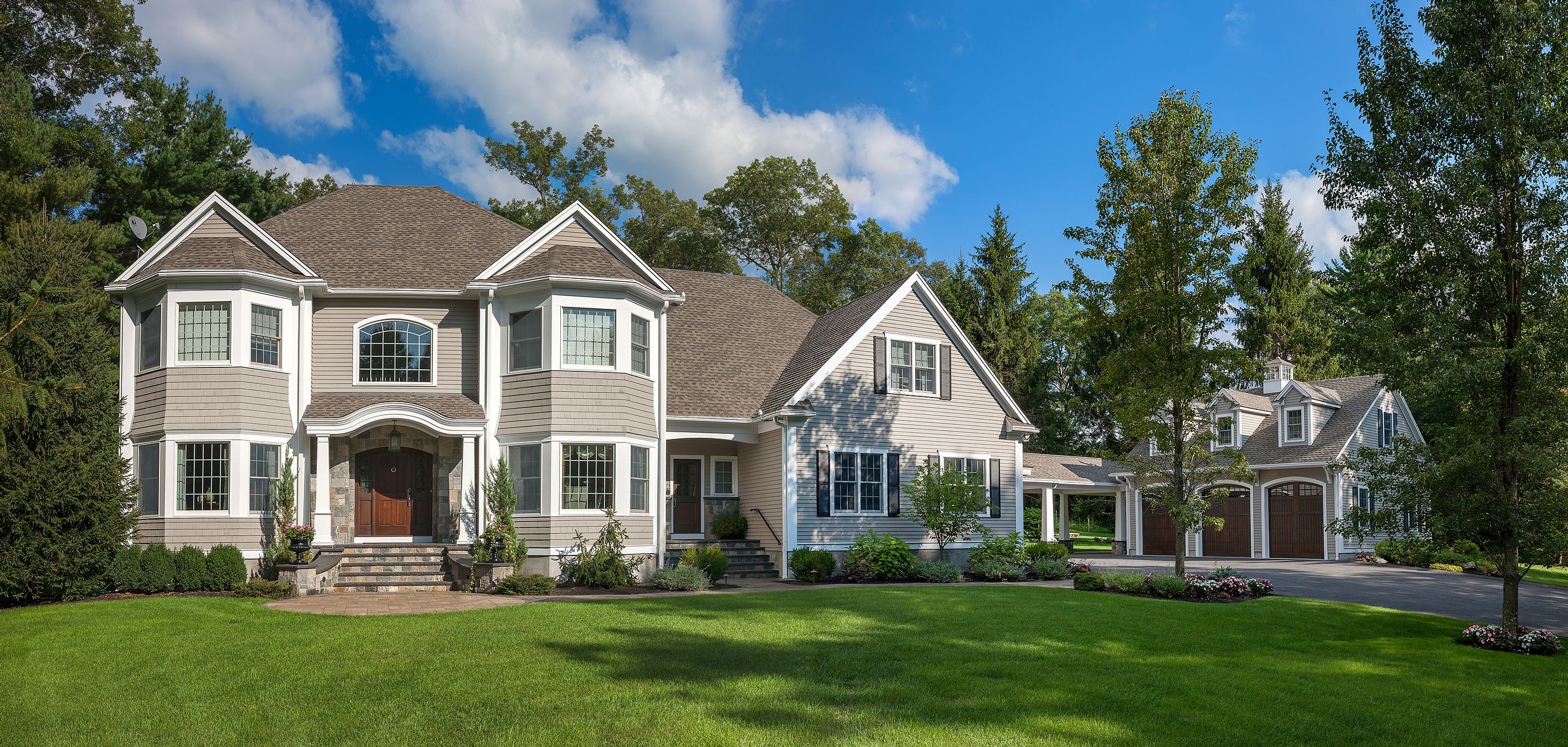
How Does a Structural Engineer Check a House?
When inspecting a home, a structural engineer will look at the load paths to ensure the home has proper support from the ridge to the foundation of the home. This is crucial to prevent sagging floors or walls. The engineer will look at how the loads flow through the flooring systems to ensure the proper strength is present to transfer the load from floor-to-floor and then into the basement, creating a continuous load path.
They also look at the type and condition of the foundation. If it is fieldstone, they assess how the mortar looks, whether there is water flowing through or not and if it is wide enough to support the weight of the structure above it. They will also look closely at poured concrete foundations to determine if they are wide enough and to check for any cracks in the foundation.
They will also examine the existing roof. Any sags in the roof and rafters can tell you a lot about the integrity of everything below it. That’s why the load paths are so critical. When the weight is properly supported by the right amount of strength, heavily relying on a sturdy foundation, then any addition can be grafted onto that solid existing structure much more easily.
When adding a home addition, there are structural considerations a homeowner would never think about or even know need to be considered. It’s not just the addition itself that matters, it is also the existing structure the addition connects to. A structural engineer’s expertise is crucial to find issues with the existing home conditions that need to be addressed. A Homeowner may see symptoms of structural failures or strain, but they likely do not understand the cause.
Make the Process Easy with Help From a Design-Build Company
The best approach is to work with a Design-Build company for your addition that has architecture and structural design capabilities to ensure both your home and the addition is structurally sound and safe. That way you’re guaranteed to experience all of the joy a new addition can bring to your family.
To learn more about home additions, please download our FREE eBook - Home Additions 101: How to Plan a Home Addition That Perfectly Meets Your Family Needs. And if you are ready to speak about your next renovation, please schedule a home renovation discovery session.






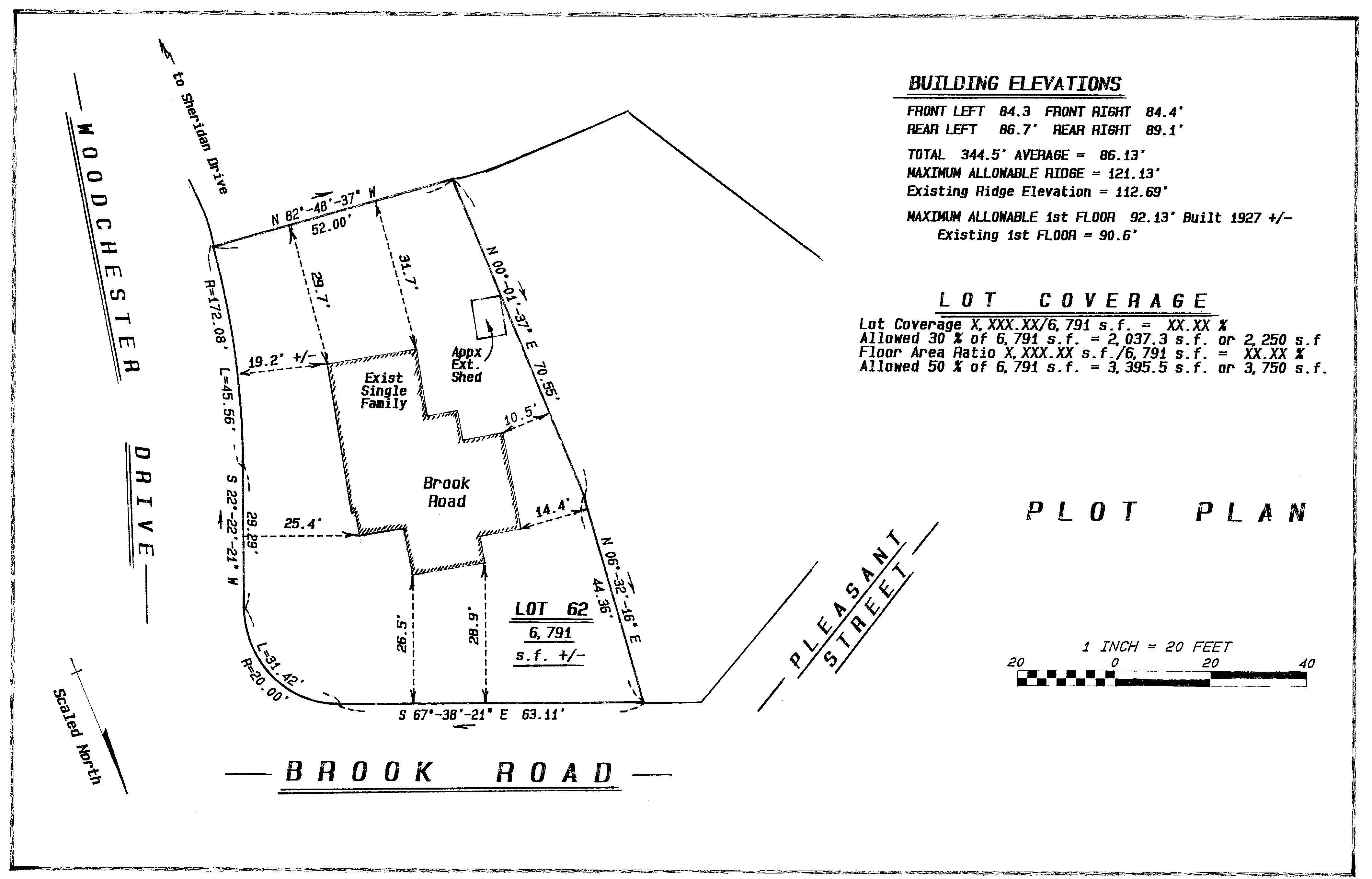

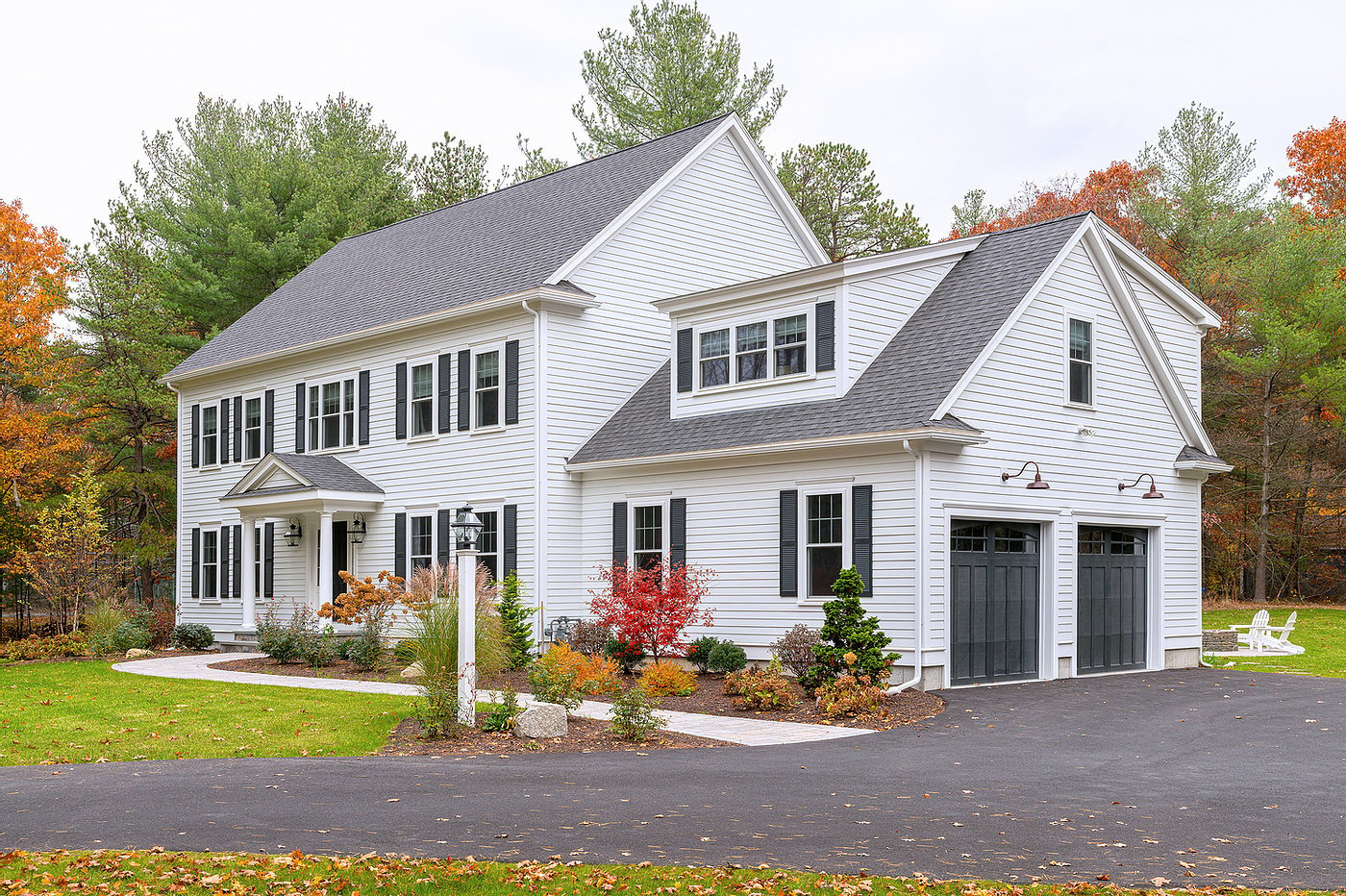
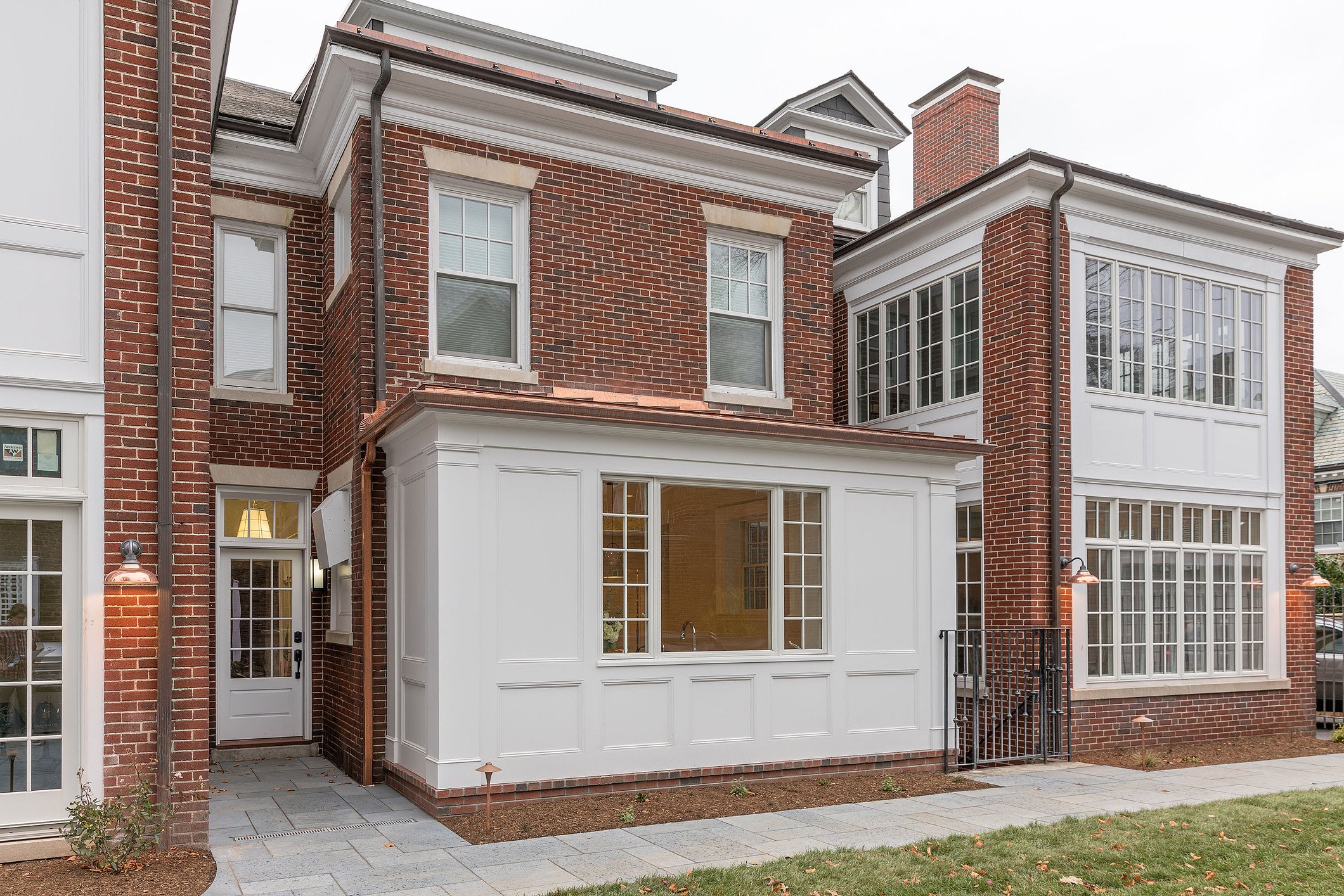
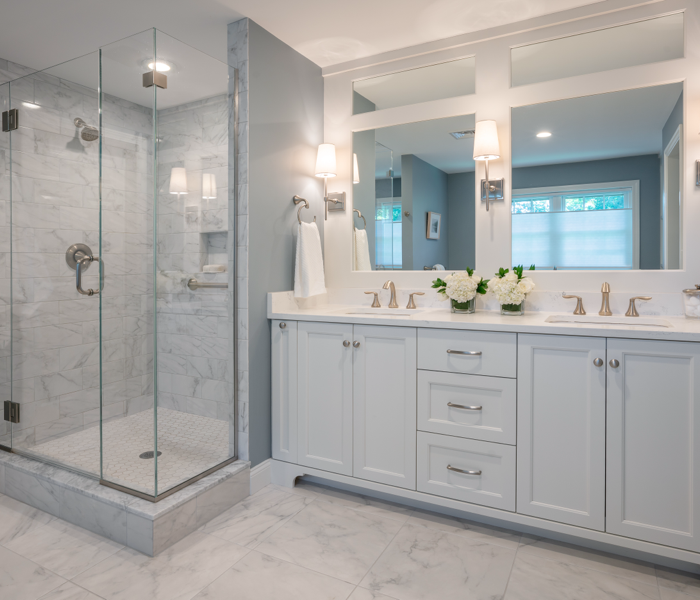
Leave a comment